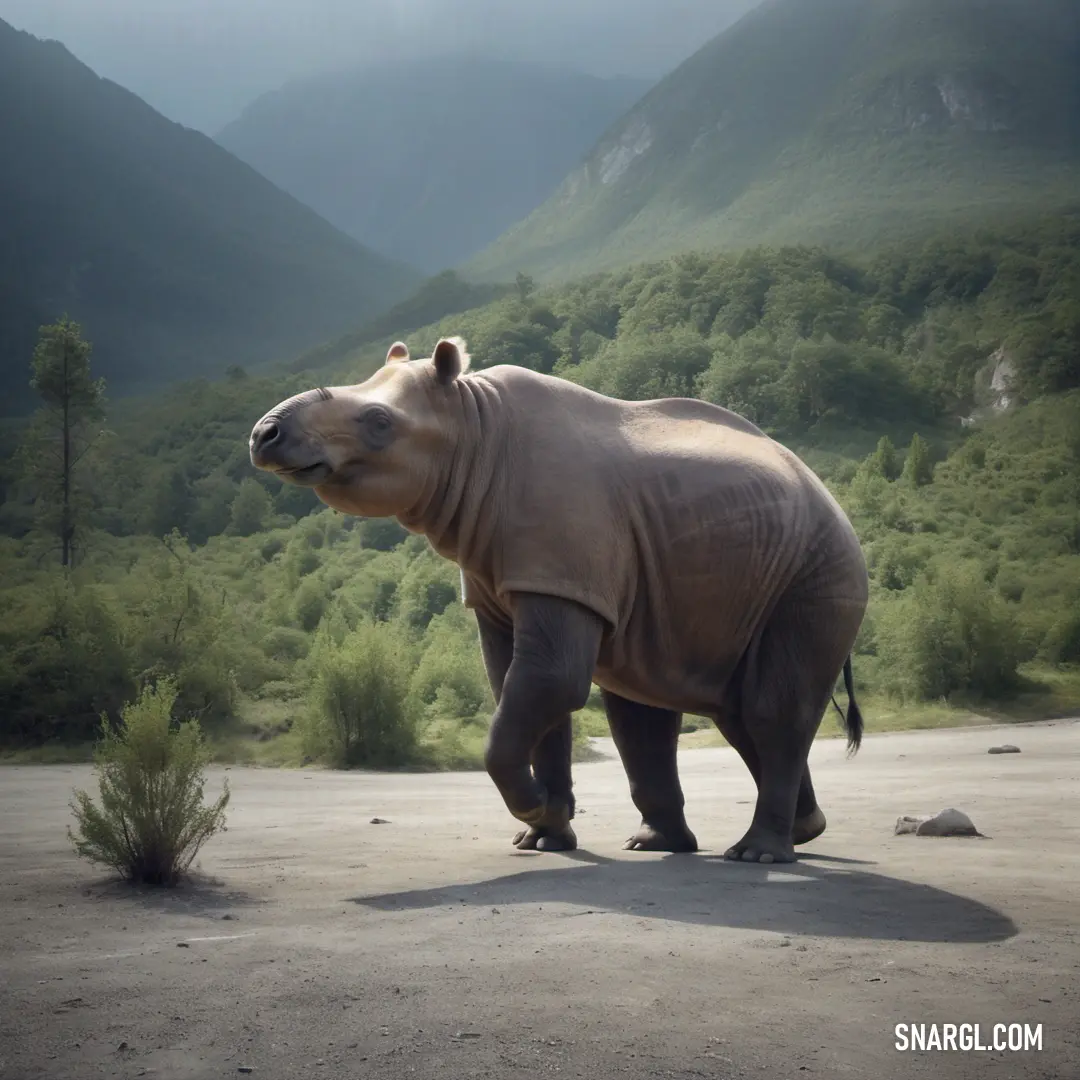
Adinotherium
What kind of animal is Adinotherium?
Adinotherium is an extinct genus of large hoofed mammals that belonged to the family Toxodontidae, which were part of the order Notoungulata.
Notoungulata is a group of diverse herbivorous ungulates that evolved in South America during the Cenozoic era.
Adinotherium lived from about 17.5 to 6.8 million years ago, during the Middle to Late Miocene epoch.
They looked like a smaller version of its relative Toxodon, which was a rhinoceros-like animal.
Adinotherium had a body length of about 1.5 meters and a body mass of about 120 kilograms.
Its front legs were slightly longer than its hind legs, making its shoulder and hip height about equal.
This may have helped it run faster.
It also had a small horn on top of its skull, which may have been used for attracting mates or fighting with rivals.
Adinotherium was one of the most common and widespread toxodonts in South America.
Its fossils have been found in Argentina and Chile, in various formations that indicate different habitats, such as forests, grasslands, and wetlands.
Adinotherium was probably a generalist herbivore that could feed on a variety of plants.
It may have faced predators such as saber-toothed cats, giant birds, and crocodiles.
Adinotherium was one of the last surviving notoungulates, along with Toxodon and some others.
They went extinct around 6.8 million years ago, possibly due to climate change, habitat loss, or competition with other mammals.
Adinotherium is an example of the unique and diverse fauna that evolved in South America before the Great American Biotic Interchange, when the continent became connected to North America and exchanged many species.
Example of the color palette for the image of Adinotherium

See these colors in NCS, PANTONE, RAL palettes...
Where does the Adinotherium live?
Example of the color palette for the image of Adinotherium

See these colors in NCS, PANTONE, RAL palettes...







 Black
Black Beaver
Beaver Dark gray
Dark gray Umber
Umber White smoke
White smoke


 Bottle green
Bottle green Seal brown
Seal brown Pastel purple
Pastel purple Wenge
Wenge







